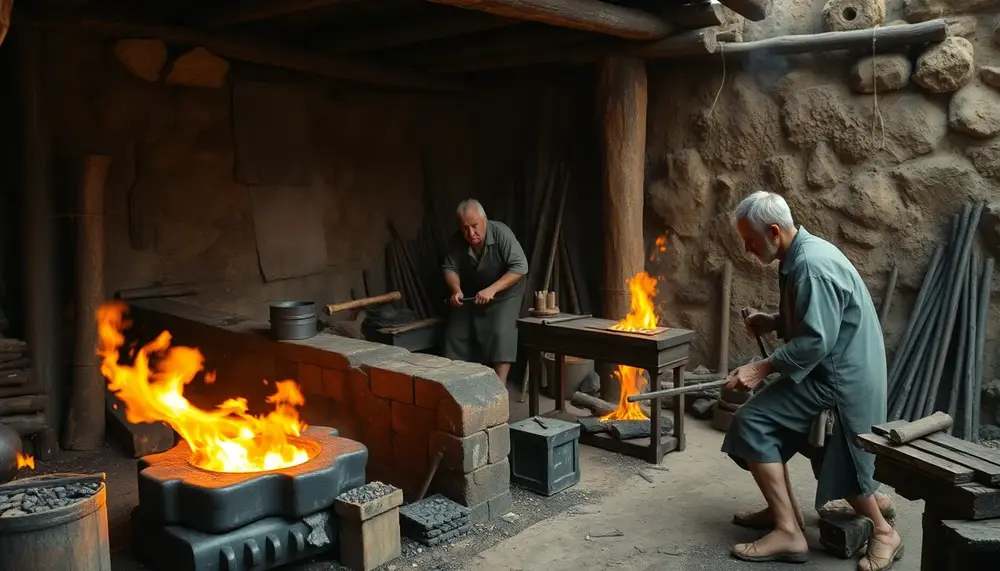Induction furnace
Induction furnace
Erklärung: Was ist ein Induction Furnace?
In der Welt der Stahlproduktion und des Stahlhandels ist der Induction Furnace, oder auf Deutsch „Induktionsofen", ein wichtiges Werkzeug. Man nutzt diesen speziellen Ofen, um Metalle zu schmelzen. Er funktioniert mithilfe von Induktionsschmelzen, das auf der Grundsatz von induktiver Wärme beruht.
Funktionsweise eines Induction Furnace
Der Kern des Induction Furnace besteht aus einer Spule, die von einem Wechselstrom durchflossen wird. Dies erzeugt ein Hochfrequenzmagnetfeld. Wenn ein leitfähiges Material, zum Beispiel ein Metall wie Stahl, in dieses Magnetfeld eingebracht wird, entstehen Wirbelströme. Diese sorgen dafür, dass sich das Material erhitzt und schließlich schmilzt.
Einsatz in der Stahlproduktion
In der Stahlproduktion ist der Induction Furnace besonders nützlich, weil er sehr hohe Temperaturen erreichen kann. Diese sind notwendig, um Stahl zu schmelzen und recyceln. Auch die Präzision des Induction Furnace ist ein großer Vortei: Seine digitale Steuerung ermöglicht eine genaue Regelung der Temperatur. So können Produzenten den Schmelzprozess genau kontrollieren und einheitliche Ergebnisse erzielen.
Vorteile des Induction Furnace
Aber auch in puncto Sicherheit und Effizienz hat der Induction Furnace klare Vorteile. Er eignet sich besonders gut für die umweltschonende Wiederverwertung von Stahl. Im Gegensatz zu anderen Öfen entstehen hier weniger schädliche Emissionen. Gerade in Zeiten, in denen Nachhaltigkeit eine immer größere Rolle spielt, ist dies ein entscheidender Pluspunkt.
Zusammenfassung
Zusammengefasst ist ein Induction Furnace ein essenzieller Teil der modernen Stahlproduktion. Seine Fähigkeit, Stahl zu hohen Temperaturen zu erhitzen und präzise zu steuern, seine Effizienz und Umweltfreundlichkeit machen ihn zu einem wertvollen Werkzeug in der Produktion und im Handel von Stahl.
Blog Posts with the term: Induction furnace
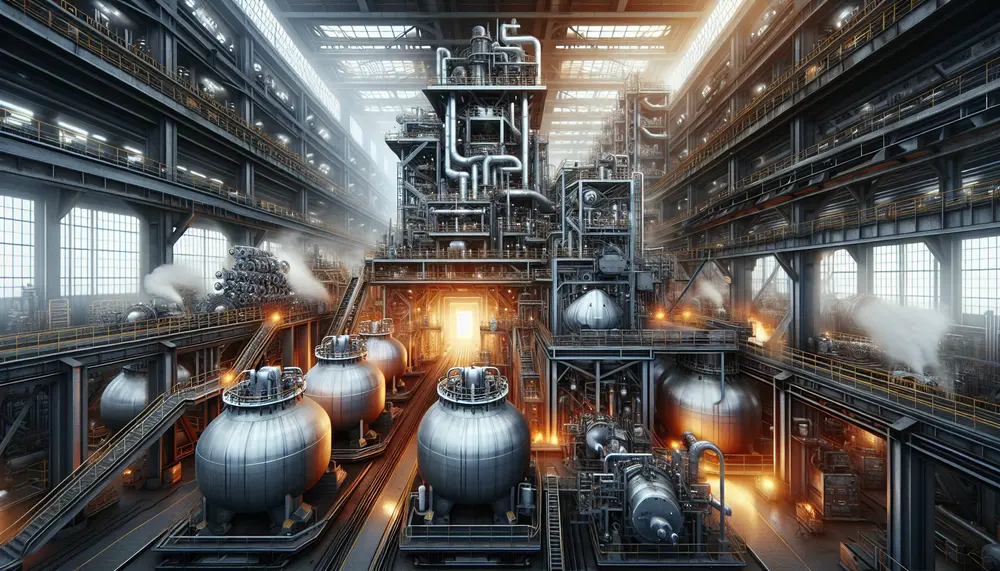
The Argon Oxygen Decarburization (AOD) process is a secondary steel making method that refines the composition of steel by reducing carbon content, using oxygen and inert gases like argon for controlled reactions. This technology allows for high-quality alloy production with...
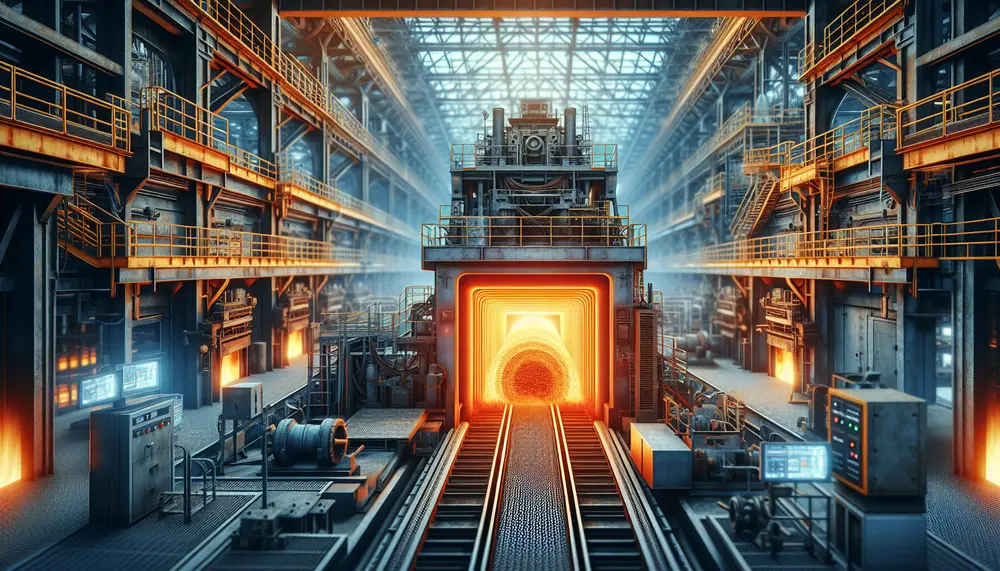
Induction furnaces have transformed steel making with their efficiency, versatility, and reduced environmental impact compared to traditional fossil fuel-based furnaces. They use electromagnetic induction for heating metals precisely and quickly, offering benefits like energy savings, improved productivity, metallurgical control, scalability,...
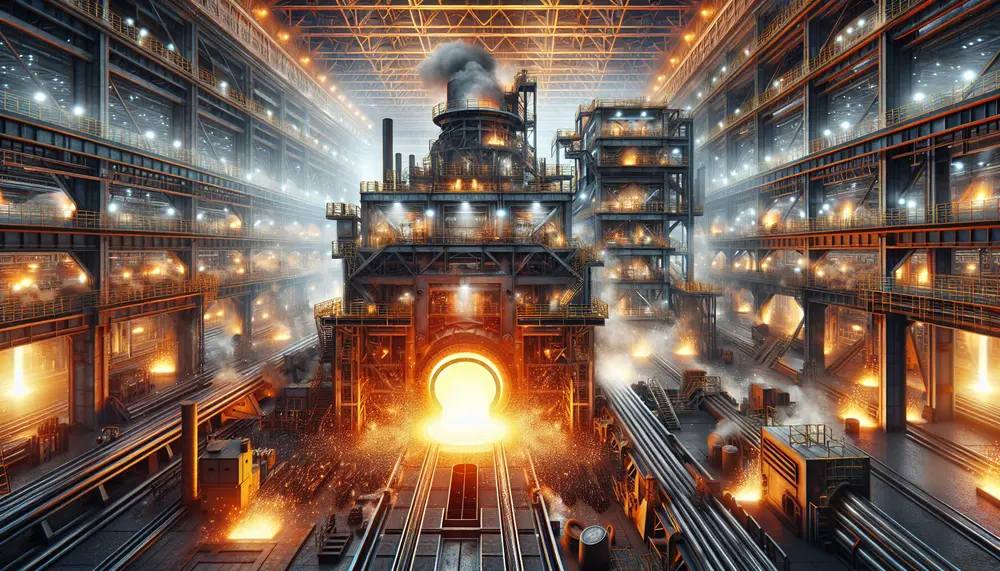
The article discusses various steelmaking furnace types, highlighting their unique characteristics and applications in the industry, emphasizing factors like efficiency, environmental impact, and suitability for different production needs....
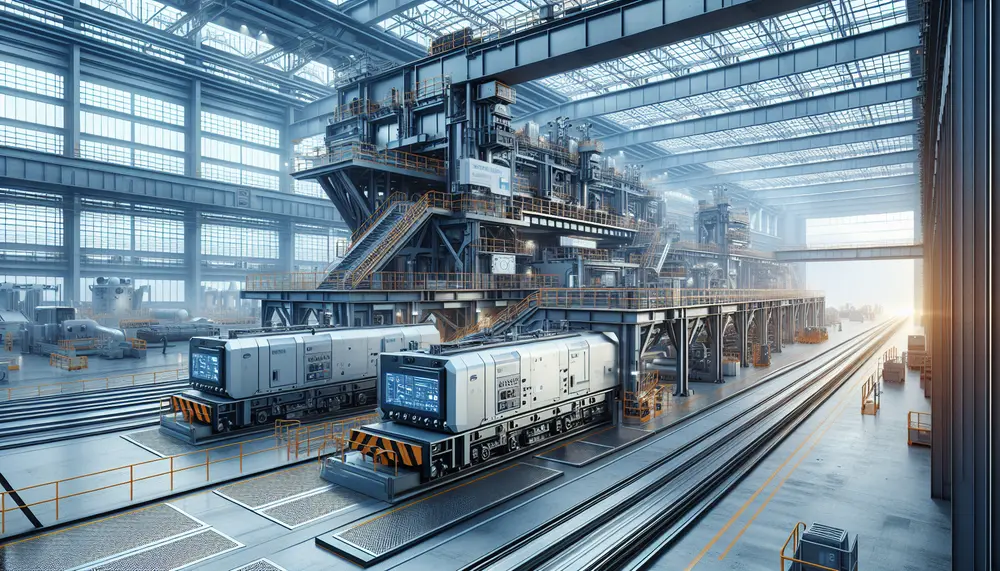
Steel making machines have revolutionized the industry by increasing production speed, improving quality, and enabling precise designs through automation and advanced technology. Automation in steel production has evolved from manual processes to sophisticated machinery that enhances efficiency, safety, and sustainability...
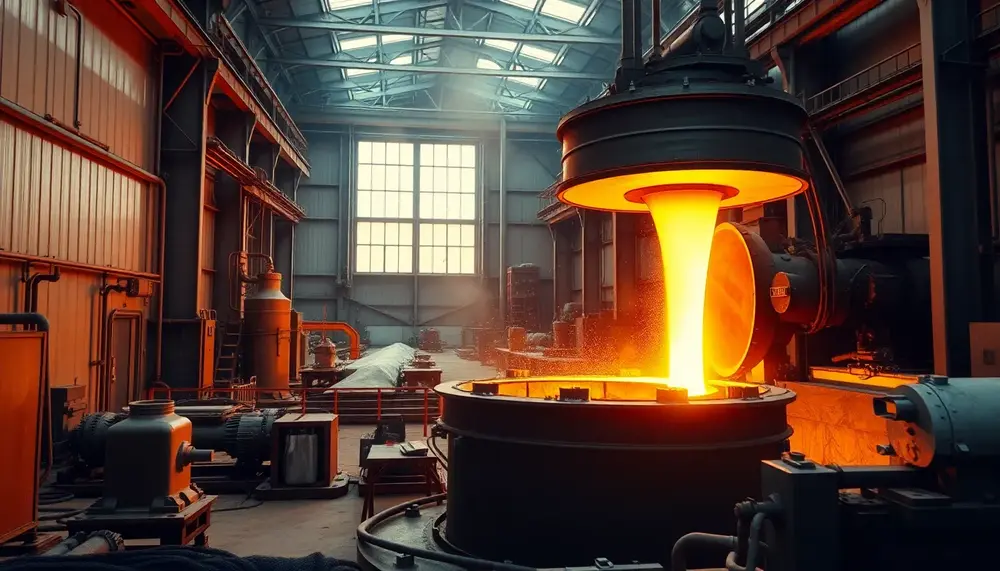
Steelmaking is vital to modern civilization, driving economies, infrastructure development, and sustainability efforts. The industry relies on two main methods—Blast Furnace (BF) for large-scale production with higher emissions and Electric Arc Furnace (EAF) for flexibility and lower environmental impact—shaping a...
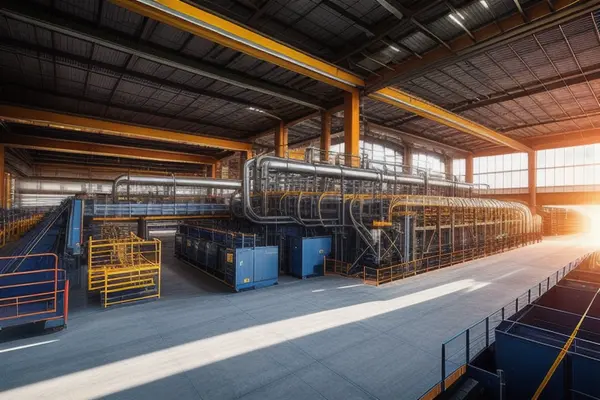
The steel industry plays a crucial role in various sectors due to its durability, adaptability and recyclability. The production process involves the combination of iron, carbon and other elements under specific conditions; it undergoes three significant operations: preparation, reduction and...
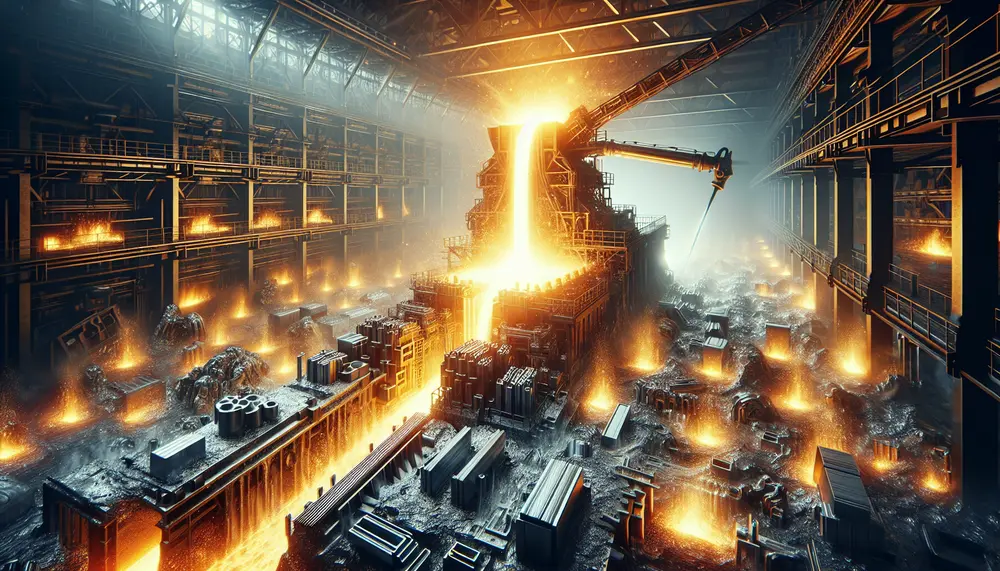
The steel production casting process involves melting raw materials, refining the molten metal, and pouring it into molds to shape solid products with controlled cooling to prevent defects. The variety of cast steels is determined by carbon content and alloying...
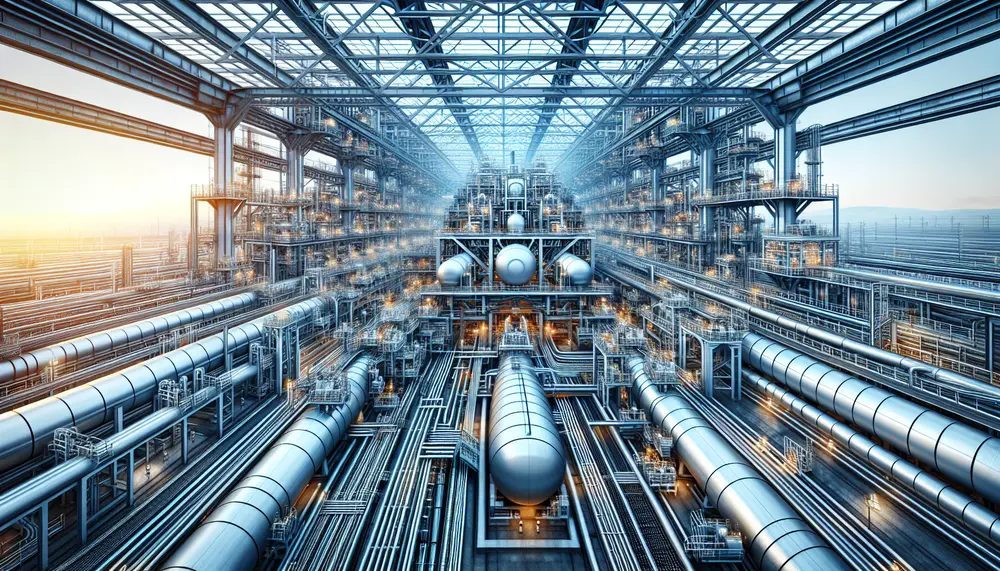
Hydrogen is revolutionizing steel production by serving as a cleaner reducing agent, enabling the industry to reduce carbon emissions and align with sustainability goals. However, integrating hydrogen technology faces challenges such as infrastructure overhaul, storage and transportation logistics, economic factors,...
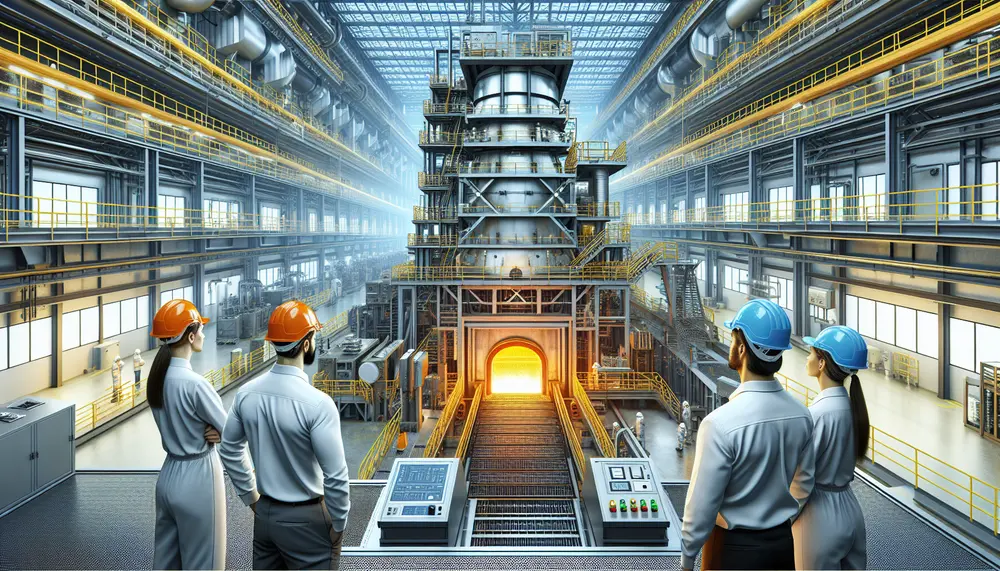
Steel making induction furnaces revolutionize the industry by providing controlled, energy-efficient methods for melting and refining steel through electromagnetic induction. These furnaces offer key advantages such as precise temperature control, reduced emissions, faster melting times, versatility in metal types, and...
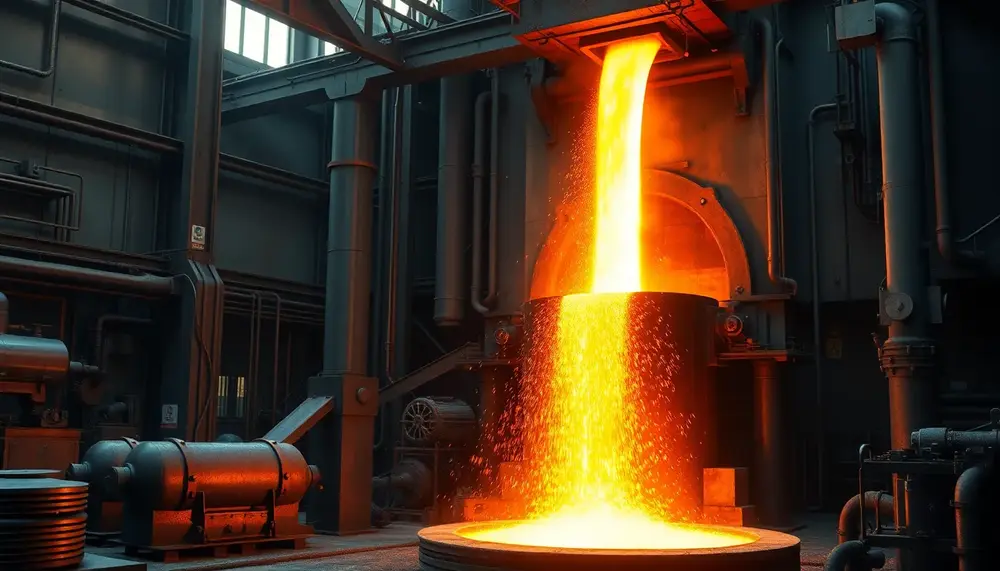
IspatGuru is a comprehensive resource for understanding steelmaking, offering insights into foundational concepts, advanced technologies like BOF and EAF processes, and sustainability. It bridges theory with practical applications while addressing modern challenges such as efficiency, environmental impact, and innovation in...
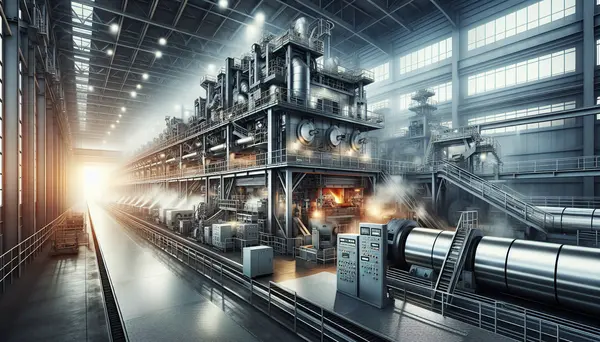
Efficiency is key in the steel industry, with advanced techniques such as automation and robotics, lean manufacturing principles, energy efficiency measures, data analytics and supply chain optimization being used to boost production. These methods not only increase output but also...
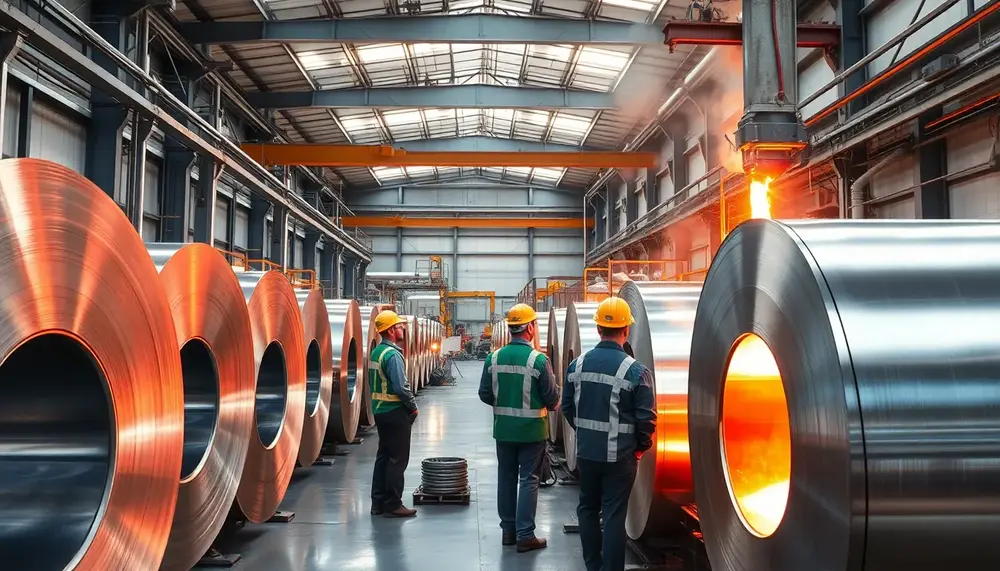
Stainless steel manufacturing is a precise, multi-stage process combining advanced technology and strict quality control to produce durable, corrosion-resistant materials....

